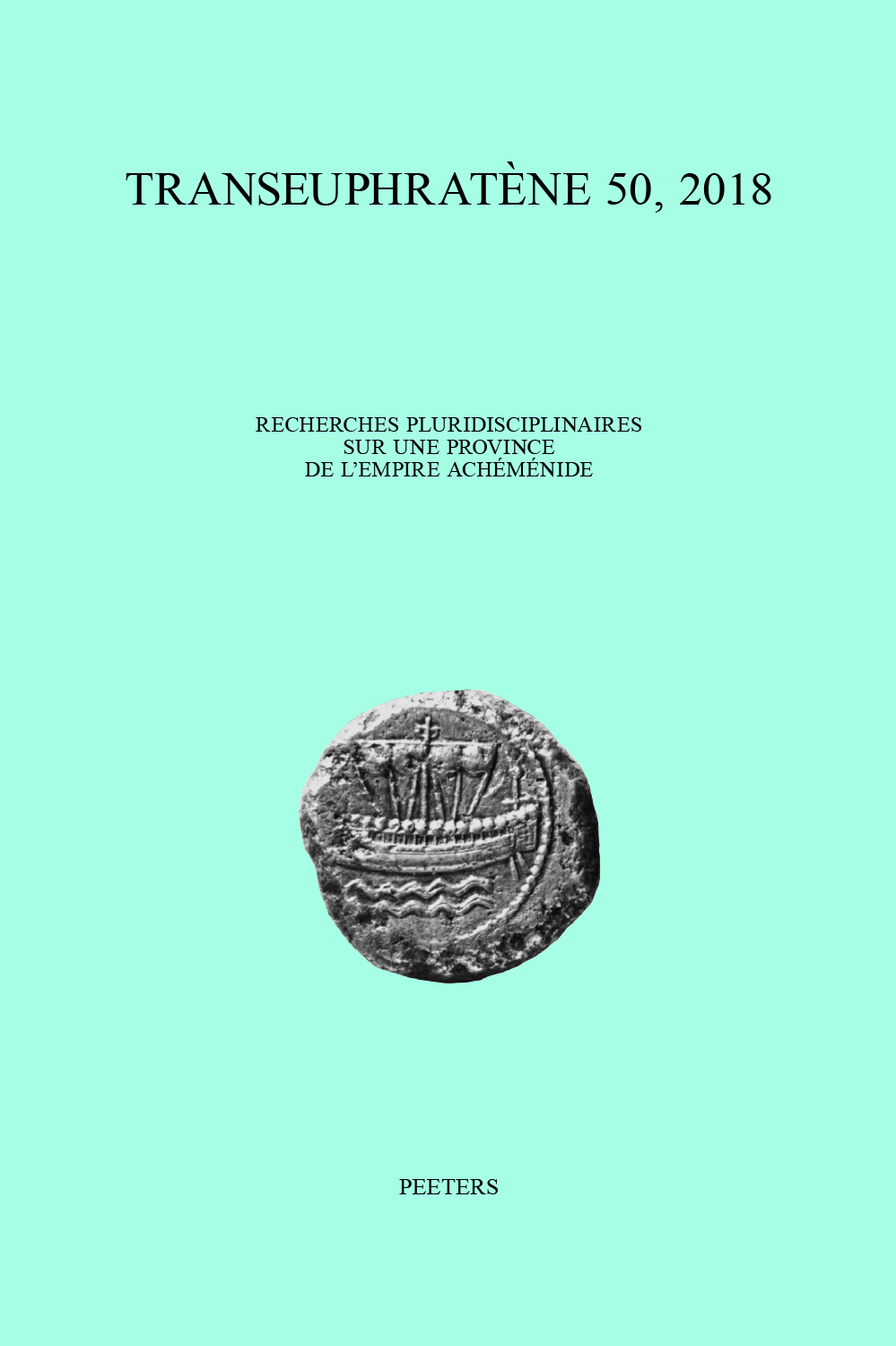 previous article in this issue previous article in this issue | next article in this issue  |

Preview first page |
Document Details : Title: Le conte de Ruth Subtitle: En réaction aux réformes d'Esdras et Néhémie? Author(s): ABADIE, P. Journal: Transeuphratène Volume: 49 Date: 2017 Pages: 17-31 DOI: 10.2143/TE.49.0.3248516 Abstract : Loin d’être un récit pastoral, voire édifiant, le conte de Ruth a tout du récit subversif écrit durant l’époque perse en réaction aux réformes d’Esdras et Néhémie, notamment leur visée ségrégationniste. Pour ce faire, le livre joue abondamment de l’intertextualité, jusqu’à réécrire l’histoire des filles de Loth (Gn 19, 30-37) ou de Tamar (Gn 38). Au terme, Ruth se trouve intégrée dans la lignée des matriarches Léa et Rachel (Rt 4, 11-12), à la source de la lignée messianique davidide. The tale of Ruth is not a pastoral or edification novella, but a subversive story, written in the fifth century BCE during the Persian period, against the reform of Ezra and Nehemiah notably its segregationist view. Also, this book develops intertextuality with the birth of Moab (Gen. 19: 30-37) or the story of Judah and Tamar (Gen. 38). Finally, Ruth appears as the matriarchal figure like Lea and Rachel (Ruth 4: 11-12), at the source of the Davidic messianic lineage. |
|


